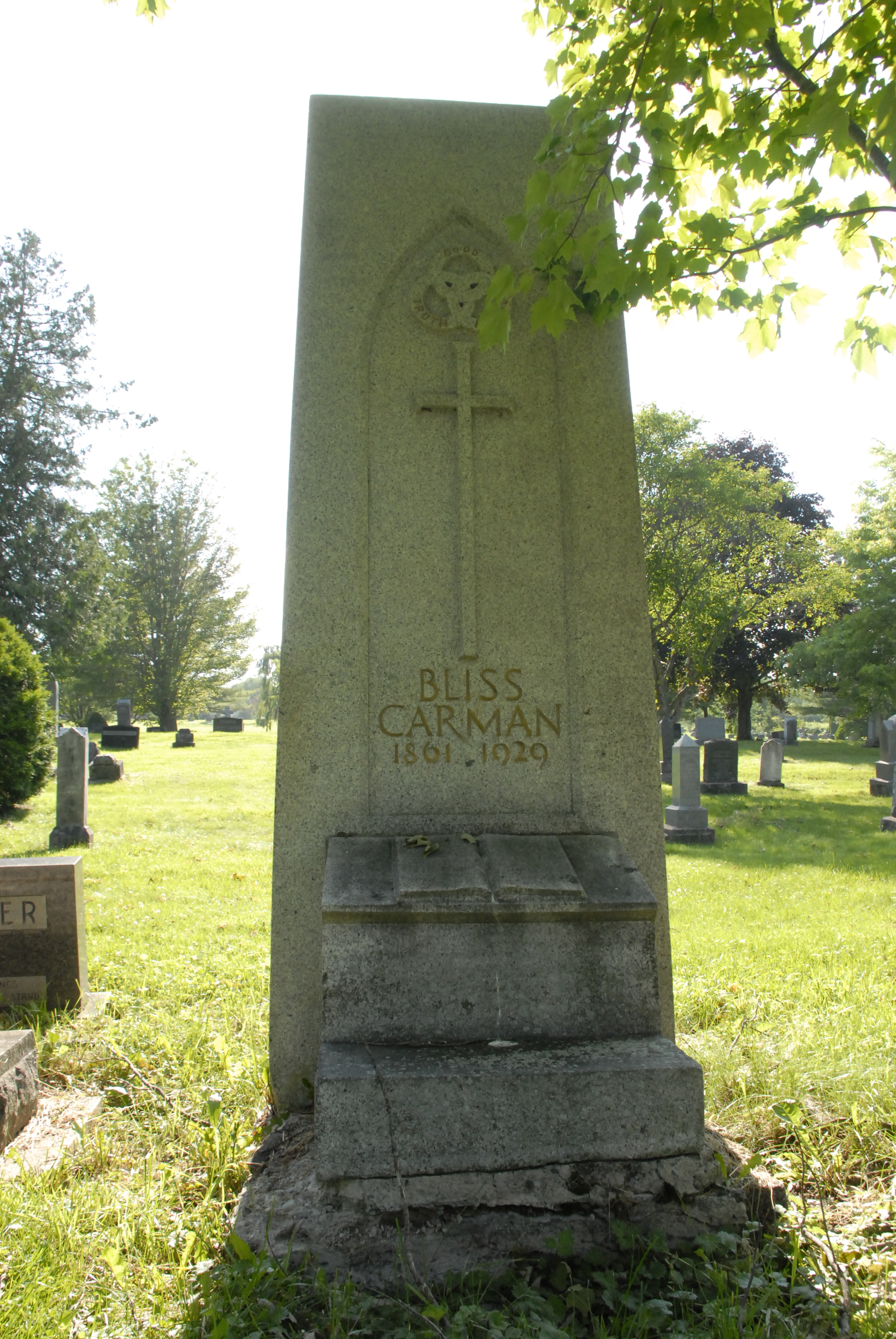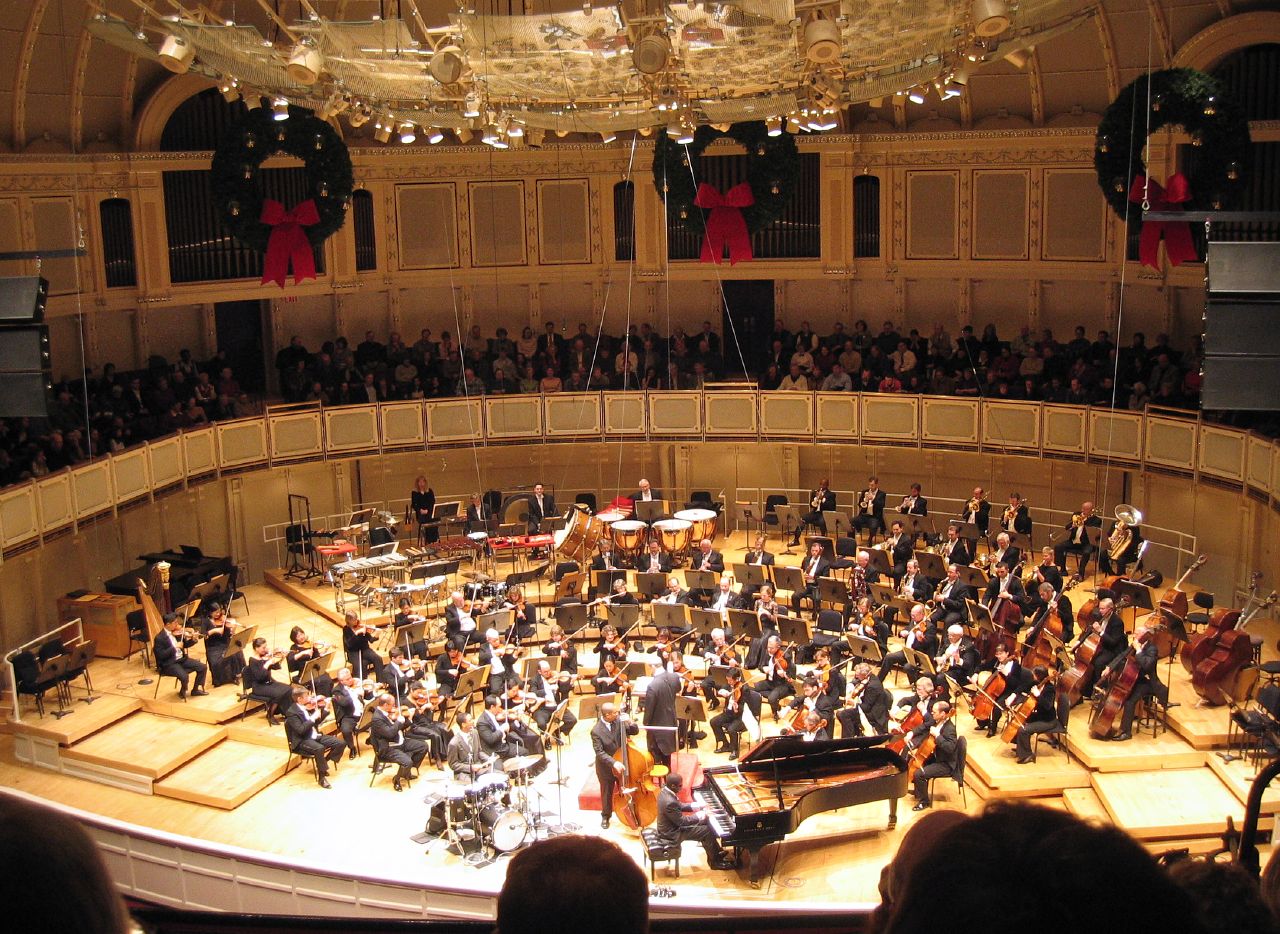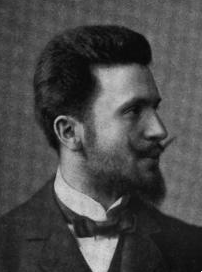|
Comes Autumn Time
''Comes Autumn Time'' is a concert overture by Leo Sowerby. Originally composed for organ in October 1916, it was orchestrated the following year. The organ version was both commissioned and premiered by Eric DeLamarter at Fourth Presbyterian Church in Chicago on October 20, 1916. Because the piece was so well received, DeLamarter then asked the composer for an orchestral version, which he led in an all-Sowerby concert in Chicago in January 1917. With the score's publication in 1919 by the Boston Music Company, writes Francis Crociata of the Leo Sowerby Foundation, ''Comes Autumn Time'' was soon performed "in Boston by Pierre Monteux, Philadelphia by Stokowski, Minneapolis by Ganz, New York by Damrosch, London by Harty and Wood, Berlin by Rosbaud, and Vienna by Bruno Walter." The piece is one of Sowerby's most popular, and was inspired by a poem by Bliss Carman entitled "Autumn". (In tribute to Carman's contribution to the piece's origin, Sowerby directed that a copy of the poem ... [...More Info...] [...Related Items...] OR: [Wikipedia] [Google] [Baidu] |
Concert Overture
Overture (from French ''ouverture'', "opening") in music was originally the instrumental introduction to a ballet, opera, or oratorio in the 17th century. During the early Romantic era, composers such as Beethoven and Mendelssohn composed overtures which were independent, self-existing instrumental, programmatic works that foreshadowed genres such as the symphonic poem. These were "at first undoubtedly intended to be played at the head of a programme". History 17th century The idea of an instrumental opening to opera existed during the 17th century. Peri's '' Euridice'' opens with a brief instrumental ritornello, and Monteverdi's ''L'Orfeo'' (1607) opens with a toccata, in this case a fanfare for muted trumpets. More important, however, was the prologue, which comprised sung dialogue between allegorical characters which introduced the overarching themes of the stories depicted. French overture As a musical form, however, the French overture first appears in the court ballet ... [...More Info...] [...Related Items...] OR: [Wikipedia] [Google] [Baidu] |
Bliss Carman
William Bliss Carman (April 15, 1861 – June 8, 1929) was a Canadian poet who lived most of his life in the United States, where he achieved international fame. He was acclaimed as Canada's poet laureate during his later years. In Canada, Carman is classed as one of the Confederation Poets, a group which also included Charles G.D. Roberts (his cousin), Archibald Lampman, and Duncan Campbell Scott. "Of the group, Carman had the surest lyric touch and achieved the widest international recognition. But unlike others, he never attempted to secure his income by novel writing, popular journalism, or non-literary employment. He remained a poet, supplementing his art with critical commentaries on literary ideas, philosophy, and aesthetics." Life William Bliss Carman was born on April 15, 1861 in Fredericton, New Brunswick. "Bliss" was his mother's maiden name. He was the great grandson of United Empire Loyalists who fled to Nova Scotia after the American Revolution, settling in New ... [...More Info...] [...Related Items...] OR: [Wikipedia] [Google] [Baidu] |
1916 Compositions
Events Below, the events of the First World War have the "WWI" prefix. January * January 1 – The British Empire, British Royal Army Medical Corps carries out the first successful blood transfusion, using blood that had been stored and cooled. * January 9 – WWI: Gallipoli Campaign: The last British troops are evacuated from Gallipoli, as the Ottoman Empire prevails over a joint British and French operation to capture Constantinople. * January 10 – WWI: Erzurum Offensive: Russia defeats the Ottoman Empire. * January 12 – The Gilbert and Ellice Islands Colony, part of the British Empire, is established in present-day Tuvalu and Kiribati. * January 13 – WWI: Battle of Wadi (1916), Battle of Wadi: Ottoman Empire forces defeat the British, during the Mesopotamian campaign in modern-day Iraq. * January 29 – WWI: Paris is bombed by German Empire, German zeppelins. * January 31 – WWI: An attack is planned on Verdun, France. February * ... [...More Info...] [...Related Items...] OR: [Wikipedia] [Google] [Baidu] |
Coda (music)
In music, a coda () (Italian for "tail", plural ''code'') is a passage that brings a piece (or a movement) to an end. It may be as simple as a few measures, or as complex as an entire section. In classical music The presence of a coda as a structural element in a movement is especially clear in works written in particular musical forms. Codas were commonly used in both sonata form and variation movements during the Classical era. In a sonata form movement, the recapitulation section will, in general, follow the exposition in its thematic content, while adhering to the home key. The recapitulation often ends with a passage that sounds like a termination, paralleling the music that ended the exposition; thus, any music coming after this termination will be perceived as extra material, i.e., as a coda. In works in variation form, the coda occurs following the last variation and will be very noticeable as the first music not based on the theme. One of the ways that Beethoven ... [...More Info...] [...Related Items...] OR: [Wikipedia] [Google] [Baidu] |
Clarinet
The clarinet is a musical instrument in the woodwind family. The instrument has a nearly cylindrical bore and a flared bell, and uses a single reed to produce sound. Clarinets comprise a family of instruments of differing sizes and pitches. The clarinet family is the largest such woodwind family, with more than a dozen types, ranging from the BB♭ contrabass to the E♭ soprano. The most common clarinet is the B soprano clarinet. German instrument maker Johann Christoph Denner is generally credited with inventing the clarinet sometime after 1698 by adding a register key to the chalumeau, an earlier single-reed instrument. Over time, additional keywork and the development of airtight pads were added to improve the tone and playability. Today the clarinet is used in classical music, military bands, klezmer, jazz, and other styles. It is a standard fixture of the orchestra and concert band. Etymology The word ''clarinet'' may have entered the English language via the Fr ... [...More Info...] [...Related Items...] OR: [Wikipedia] [Google] [Baidu] |
Harp
The harp is a stringed musical instrument that has a number of individual strings running at an angle to its soundboard; the strings are plucked with the fingers. Harps can be made and played in various ways, standing or sitting, and in orchestras or concerts. Its most common form is triangular in shape and made of wood. Some have multiple rows of strings and pedal attachments. Ancient depictions of harps were recorded in Current-day Iraq (Mesopotamia), Iran (Persia), and Egypt, and later in India and China. By medieval times harps had spread across Europe. Harps were found across the Americas where it was a popular folk tradition in some areas. Distinct designs also emerged from the African continent. Harps have symbolic political traditions and are often used in logos, including in Ireland. History Harps have been known since antiquity in Asia, Africa, and Europe, dating back at least as early as 3000 BCE. The instrument had great popularity in Europe during the ... [...More Info...] [...Related Items...] OR: [Wikipedia] [Google] [Baidu] |
Celesta
The celesta or celeste , also called a bell-piano, is a struck idiophone operated by a keyboard. It looks similar to an upright piano (four- or five-octave), albeit with smaller keys and a much smaller cabinet, or a large wooden music box (three-octave). The keys connect to hammers that strike a graduated set of metal (usually steel) plates or bars suspended over wooden resonators. Four- or five-octave models usually have a damper pedal that sustains or damps the sound. The three-octave instruments do not have a pedal because of their small "table-top" design. One of the best-known works that uses the celesta is Pyotr Ilyich Tchaikovskys "Dance of the Sugar Plum Fairy" from ''The Nutcracker''. The sound of the celesta is similar to that of the glockenspiel, but with a much softer and more subtle timbre. This quality gave the instrument its name, ''celeste'', meaning "heavenly" in French. The celesta is often used to enhance a melody line played by another instrument or sect ... [...More Info...] [...Related Items...] OR: [Wikipedia] [Google] [Baidu] |
Flute
The flute is a family of classical music instrument in the woodwind group. Like all woodwinds, flutes are aerophones, meaning they make sound by vibrating a column of air. However, unlike woodwind instruments with reeds, a flute is a reedless wind instrument that produces its sound from the flow of air across an opening. According to the instrument classification of Hornbostel–Sachs, flutes are categorized as edge-blown aerophones. A musician who plays the flute is called a flautist or flutist. Flutes are the earliest known identifiable musical instruments, as paleolithic examples with hand-bored holes have been found. A number of flutes dating to about 53,000 to 45,000 years ago have been found in the Swabian Jura region of present-day Germany. These flutes demonstrate that a developed musical tradition existed from the earliest period of modern human presence in Europe.. Citation on p. 248. * While the oldest flutes currently known were found in Europe, Asia, too, has ... [...More Info...] [...Related Items...] OR: [Wikipedia] [Google] [Baidu] |
French Horn
The French horn (since the 1930s known simply as the horn in professional music circles) is a brass instrument made of tubing wrapped into a coil with a flared bell. The double horn in F/B (technically a variety of German horn) is the horn most often used by players in professional orchestras and bands, although the descant and triple horn have become increasingly popular. A musician who plays a horn is known as a list of horn players, horn player or hornist. Pitch is controlled through the combination of the following factors: speed of air through the instrument (controlled by the player's lungs and thoracic diaphragm); diameter and tension of lip aperture (by the player's lip muscles—the embouchure) in the mouthpiece; plus, in a modern horn, the operation of Brass instrument valve, valves by the left hand, which route the air into extra sections of tubing. Most horns have lever-operated rotary valves, but some, especially older horns, use piston valves (similar to a trumpet's ... [...More Info...] [...Related Items...] OR: [Wikipedia] [Google] [Baidu] |
Bass Clarinet
The bass clarinet is a musical instrument of the clarinet family. Like the more common soprano B clarinet, it is usually pitched in B (meaning it is a transposing instrument on which a written C sounds as B), but it plays notes an octave below the soprano B clarinet. Bass clarinets in other keys, notably C and A, also exist, but are very rare (in contrast to the regular A clarinet, which is quite common in classical music). Bass clarinets regularly perform in orchestras, wind ensembles and concert bands, and occasionally in marching bands, and play an occasional solo role in contemporary music and jazz in particular. Someone who plays a bass clarinet is called a bass clarinettist or a bass clarinetist. Description Most modern bass clarinets are straight-bodied, with a small upturned silver-colored metal bell and curved metal neck. Early examples varied in shape, some having a doubled body making them look similar to bassoons. The bass clarinet is fairly heavy and is suppor ... [...More Info...] [...Related Items...] OR: [Wikipedia] [Google] [Baidu] |
Chicago Symphony Orchestra
The Chicago Symphony Orchestra (CSO) was founded by Theodore Thomas in 1891. The ensemble makes its home at Orchestra Hall in Chicago and plays a summer season at the Ravinia Festival. The music director is Riccardo Muti, who began his tenure in 2010. The CSO is one of five American orchestras commonly referred to as the " Big Five". History In 1890, Charles Norman Fay, a Chicago businessman, invited Theodore Thomas to establish an orchestra in Chicago. Under the name "Chicago Orchestra," the orchestra played its first concert October 16, 1891 at the Auditorium Theater. It is one of the oldest orchestras in the United States, along with the New York Philharmonic, the Boston Symphony Orchestra and the Saint Louis Symphony Orchestra. Orchestra Hall, now a component of the Symphony Center complex, was designed by Chicago architect Daniel H. Burnham and completed in 1904. Maestro Thomas served as music director for thirteen years until his death shortly after the orchestra' ... [...More Info...] [...Related Items...] OR: [Wikipedia] [Google] [Baidu] |
Bruno Walter
Bruno Walter (born Bruno Schlesinger, September 15, 1876February 17, 1962) was a German-born conductor, pianist and composer. Born in Berlin, he escaped Nazi Germany in 1933, was naturalised as a French citizen in 1938, and settled in the United States in 1939. He worked closely with Gustav Mahler, whose music he helped to establish in the repertory, held major positions with the Leipzig Gewandhaus Orchestra, New York Philharmonic, Concertgebouw Orchestra, Salzburg Festival, Vienna State Opera, Bavarian State Opera, Staatsoper Unter den Linden and Deutsche Oper Berlin, among others, made recordings of historical and artistic significance, and is widely considered to be one of the great conductors of the 20th century. Biography Early life Born near Alexanderplatz in Berlin to a middle-class Jewish family, he began his musical education at the Stern Conservatory at the age of eight, making his first public appearance as a pianist when he was nine; he performed a concer ... [...More Info...] [...Related Items...] OR: [Wikipedia] [Google] [Baidu] |







